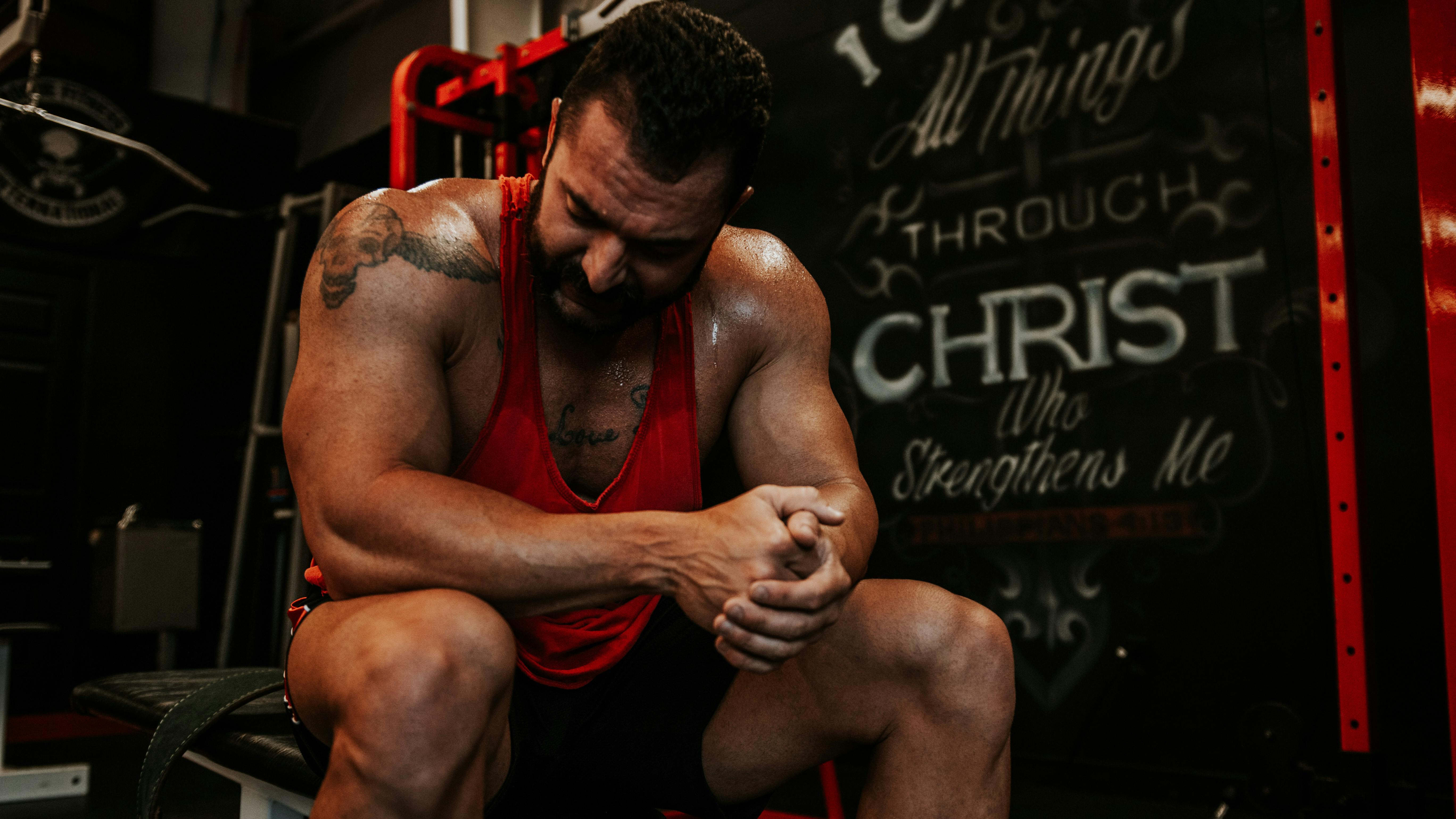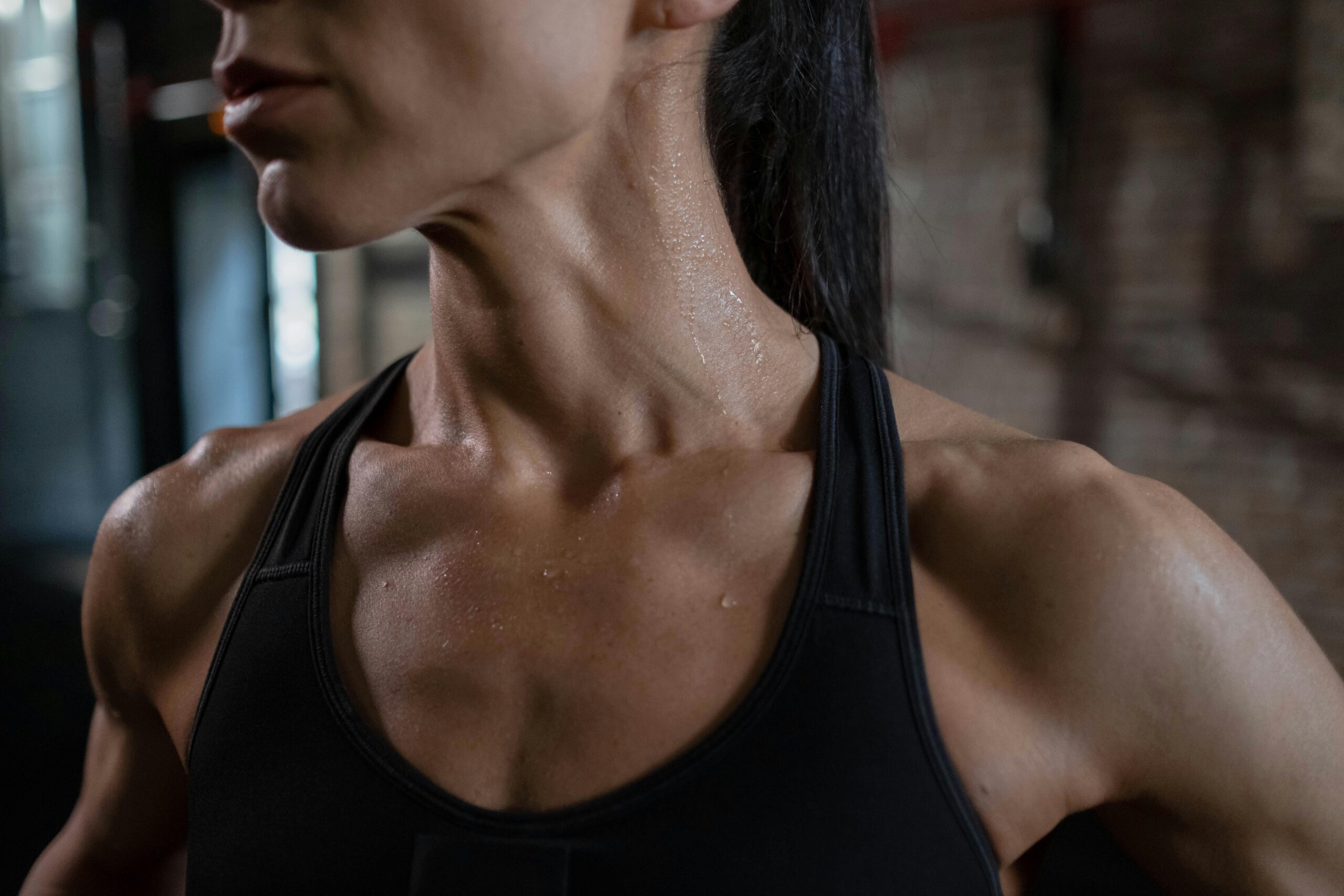Effective Guide to Brustpresse Muskeln: Boost Your Strength in 2025
Introduction to Brustpresse and Muscle Training
The Brustpresse, or chest press machine, is a vital component in upper body training designed to enhance the strength and definition of your Brustmuskeln (chest muscles). Whether you’re a beginner or an experienced gym-goer, incorporating the Brustpresse into your fitness routine can significantly enhance your overall muscle building and fitness goals. As you set your fitness targets for 2025, understanding the mechanics, benefits, and techniques associated with the Brustpresse is essential for effective training and muscle growth.
The primary function of the Brustpresse is to strengthen the pectoralis major muscles while also engaging auxiliary muscle groups such as the deltoids and triceps. It is ideal for bodybuilders aiming for hypertrophy and those interested in functional strength training. This guide will provide you with the essential knowledge on how to effectively use the Brustpresse, enhance your workout efficiency, and reach your fitness aspirations through systematic muscle training.
Key takeaways include understanding the types of Brustmuskelübungen (chest exercises), recommended training routines, safety protocols, and expert tips for maximizing your workouts. By following this guide, you’ll be better equipped to utilize the Brustpresse effectively and enhance your upper body strength.

Essential Techniques for Maximizing Brustpresse Workouts
Building on the fundamentals of using the Brustpresse, it’s important to master essential techniques that will lead to maximized muscle engagement and safety during workouts. Proper form and technique not only improve effectiveness but also prevent injuries. Understanding these techniques is vital for anyone looking to amplify their upper body workouts.
Correct Posture and Grip
One of the most critical aspects of using the Brustpresse effectively is maintaining correct posture. Your feet should be flat on the ground, your back firmly pressed against the seat, and your shoulders relaxed to prevent strain. As you grip the handles, ensure your hands are spaced evenly to promote balanced muscle engagement on both sides.
Resistance Settings and Weight Selection
Choosing the appropriate resistance level is crucial to ensure that you are challenged but not strained. Beginners may start with lighter weights to allow for proper form and gradually increase as their strength improves. It’s essential to listen to your body and avoid overexertion to prevent injuries.
Range of Motion and Repetitions
Utilizing the full range of motion during each press allows for optimal muscle recruitment. Focus on slow, controlled movements rather than rushing through the repetitions. A common recommendation is to start with three sets of eight to twelve repetitions, adjusting as your strength and endurance improve.
Incorporating Variations
To avoid muscle adaptation, it’s beneficial to introduce variations within your Brustpresse routine. Consider alternating between incline and flat presses, or integrating different angles to target the upper and lower pectoral muscles efficiently. This adds diversity to your training and aids in balanced muscle development.
Cooldown and Stretching
After finishing your Brustpressen workout, incorporating a cooldown routine followed by stretches is essential to promote recovery. Stretching helps alleviate muscle stiffness and enhances flexibility, which is beneficial for your overall fitness performance.
Structuring Your Brustpresse Training Plan
With these techniques established, developing a structured training plan plays a vital role in achieving your fitness goals. A well-balanced training program ensuring adequate intensity and recovery time is crucial for muscle growth and strength improvement.
Key Components of a Training Plan
Your training plan should include a mix of resistance training, cardio, and recovery sessions. Integrating the Brustpresse with other upper body exercises such as Bankdrücken (bench press) and arms training can provide the necessary variety and challenge needed to promote muscular growth.
Scheduling Your Routine
A common approach is to dedicate at least two days a week to upper body training, allowing for a rest day in between to promote recovery. Consistent tracking of your progress will help in making necessary adjustments to your training intensity and volume.
Example Workout Routine
Here’s a sample Brustpresse workout that you can incorporate into your weekly schedule:
- Warm up with dynamic stretches for 5-10 minutes.
- Brustpresse: 3 sets of 10 repetitions.
- Bankdrücken: 3 sets of 10 repetitions.
- Push-Ups: 3 sets of 8-12 repetitions.
- Cool down with static stretching, focusing on the chest and shoulders.
Tracking Your Progress
Monitoring your strength gains is essential for adjusting your training plan as you progress. Keeping a training journal or using fitness apps can provide insights into your lifting capacity, recovery times, and overall effectiveness of your workouts.
Addressing Muscle Imbalances
To avoid injuries and ensure balanced muscle development, pay attention to potential muscle imbalances that may occur from over-emphasizing specific muscle groups. Incorporating exercises that target the antagonist muscle groups can help prevent these issues.
The Role of Nutrition in Muscle Development
Connected to your training routines, proper nutrition plays a significant role in muscle building and recovery. Fueling your body with the right nutrients enhances your performance and supports faster muscle recovery post-training.
Understanding Macronutrients
Prioritize a balanced intake of macronutrients—proteins, carbohydrates, and fats—essential for muscle growth. Adequate protein intake supports muscle repair, while carbohydrates provide energy for your workouts. Healthy fats contribute to overall nutritional balance.
Pre-Workout and Post-Workout Nutrition
Focus on consuming a small meal or snack rich in carbohydrates and proteins about 30-60 minutes before your training sessions. Post-workout, aim for a recovery meal that includes protein to support muscle repair and glycogen replenishment.
Supplements for Enhanced Performance
While a balanced diet should be your primary source of nutrients, supplements such as protein powders, creatine, and branched-chain amino acids (BCAAs) can be beneficial for those seeking to optimize their training results. However, consult with a nutritionist or healthcare provider before introducing any supplements to your regimen.
Safety Tips for Effective Brustpresse Training
With a focus on intensity and development, prioritizing safety during your workouts cannot be overstated. Implementing safety measures ensures you maximize your training sessions while minimizing the risk of injuries.
Warm-Up and Mobility Work
Always start with a warm-up to prepare your muscles and joints for the workout. Incorporating mobility exercises specific to the shoulders and chest can enhance your range of motion and reduce injury risks.
Using Spotters and Proper Equipment
When lifting heavier weights, using a spotter not only ensures safety but also allows you to push your limits with confidence. Additionally, ensure your equipment, particularly the Brustpresse, is well-maintained and adjusted to your size for optimal effectiveness.
Listening to Your Body
Pay attention to any discomfort or pain during your workouts. If something feels off, reevaluate your technique or reduce the weights. Consulting with a fitness professional can provide insight into adjusting your regimen accordingly.
Recovery Strategies after Brustpresse Workouts
After an intense Brustpresse training session, focusing on recovery is essential for muscle growth and performance enhancement. Understanding recovery strategies will further improve your fitness journey.
The Importance of Rest Days
Implementing rest days into your training schedule is crucial for muscle recovery and growth. Adequate rest allows your muscles to repair and rebuild, which is essential for achieving optimal strength and endurance.
Active Recovery Techniques
Incorporating low-intensity activities on rest days, such as light walking or yoga, can help maintain blood flow to the muscles while promoting recovery. These activities are beneficial for reducing soreness and enhancing flexibility.
Hydration and Sleep for Recovery
Staying hydrated after workouts is critical for optimal performance and recovery. Moreover, prioritizing sleep allows your body to undergo the recovery processes necessary for muscle growth and overall health.
Q&A: Common Questions About Brustpresse and Muscle Training
Q1: How often should I perform Brusttraining?
It is recommended to engage in Brusttraining at least twice a week, ensuring proper rest in between sessions for muscle recovery.
Q2: What are the benefits of using a Brustpresse machine over free weights?
The Brustpresse machine provides guided movement, which is beneficial for beginners and helps improve form and muscle isolation.
Q3: Can women use the Brustpresse for muscle building?
Absolutely! The Brustpresse is an excellent option for anyone looking to build strength and muscle definition in the chest, regardless of gender.
Q4: What should I do if I experience pain during Brustpresse?
If you feel pain, it’s crucial to stop the exercise immediately, assess your form, and consult a fitness trainer or medical professional if necessary.
Q5: How can I keep my training routine engaging?
Incorporate different exercises, vary your training intensity, and adjust your weights regularly to keep your workouts fresh and motivating.

